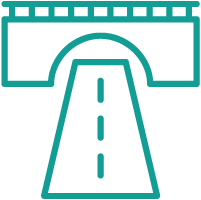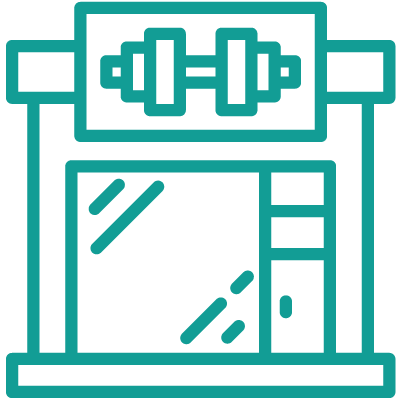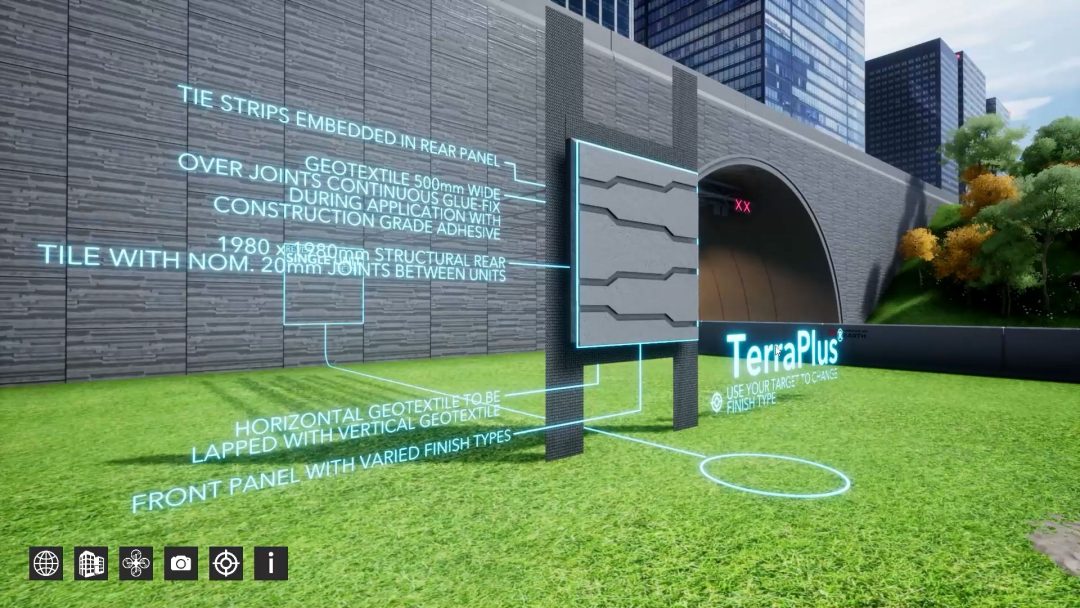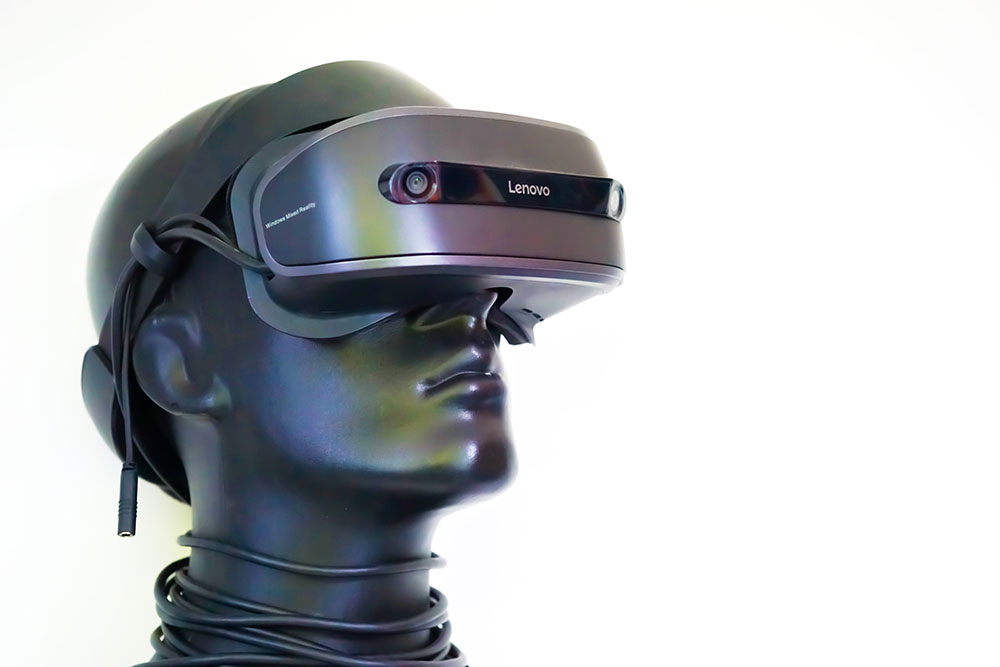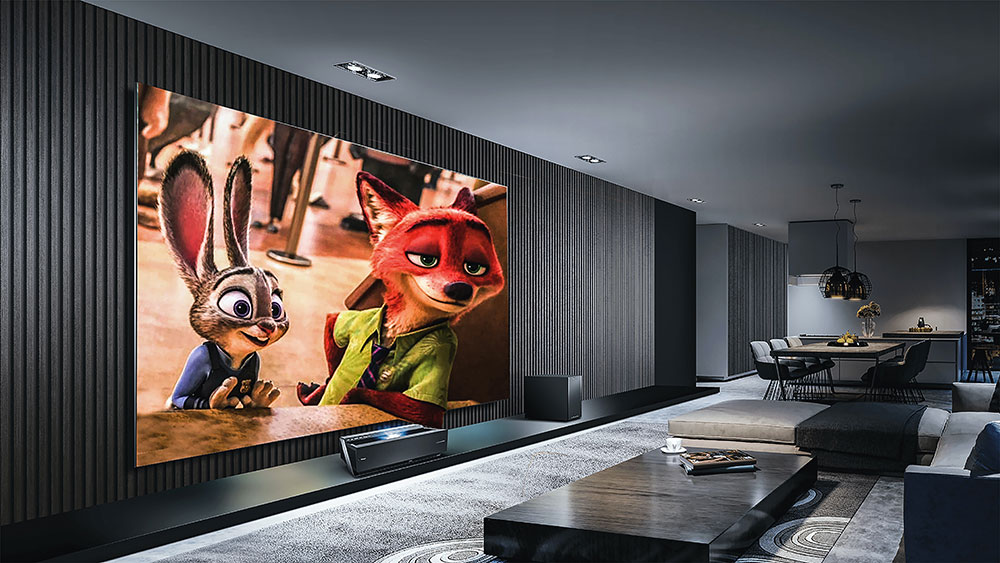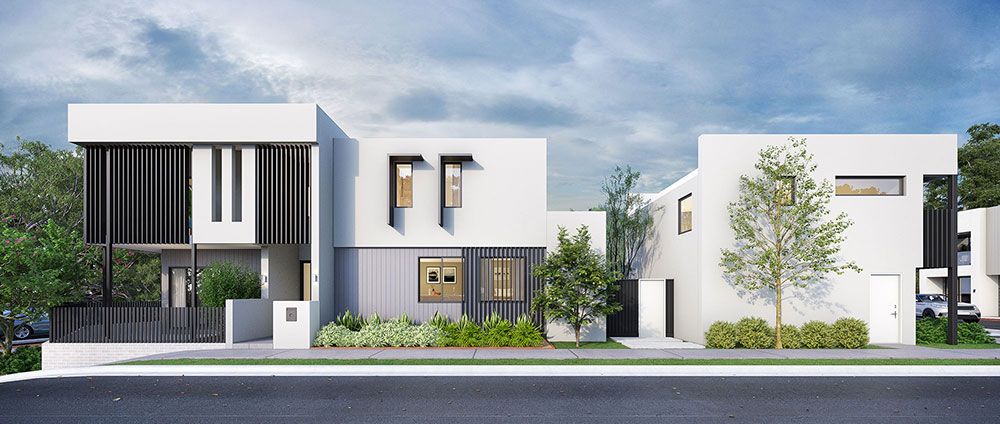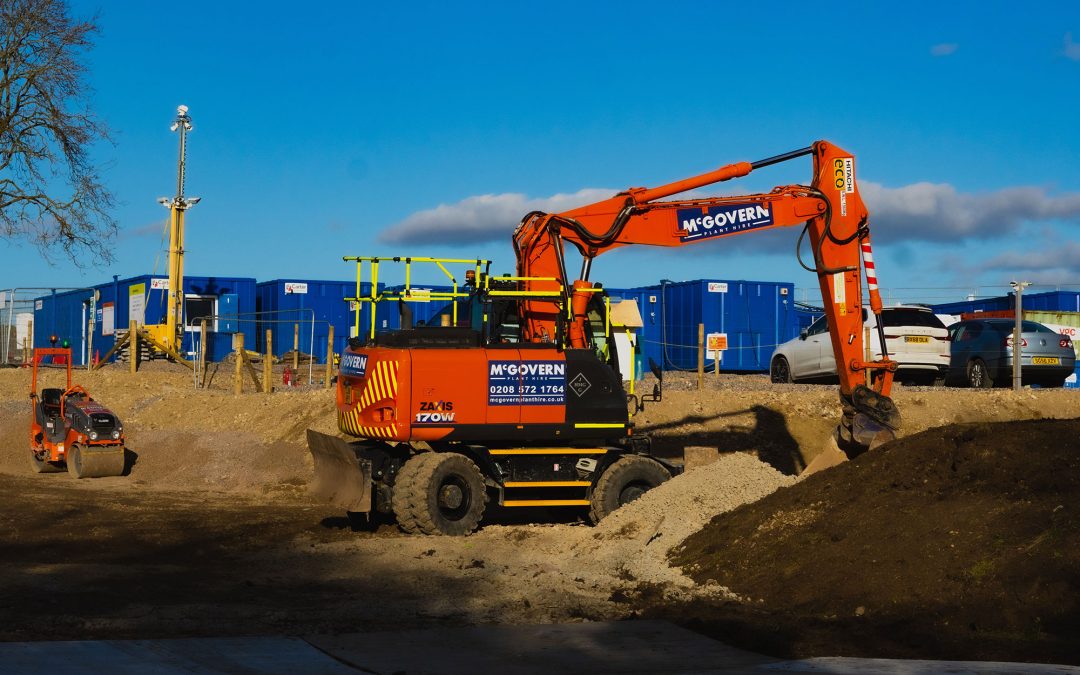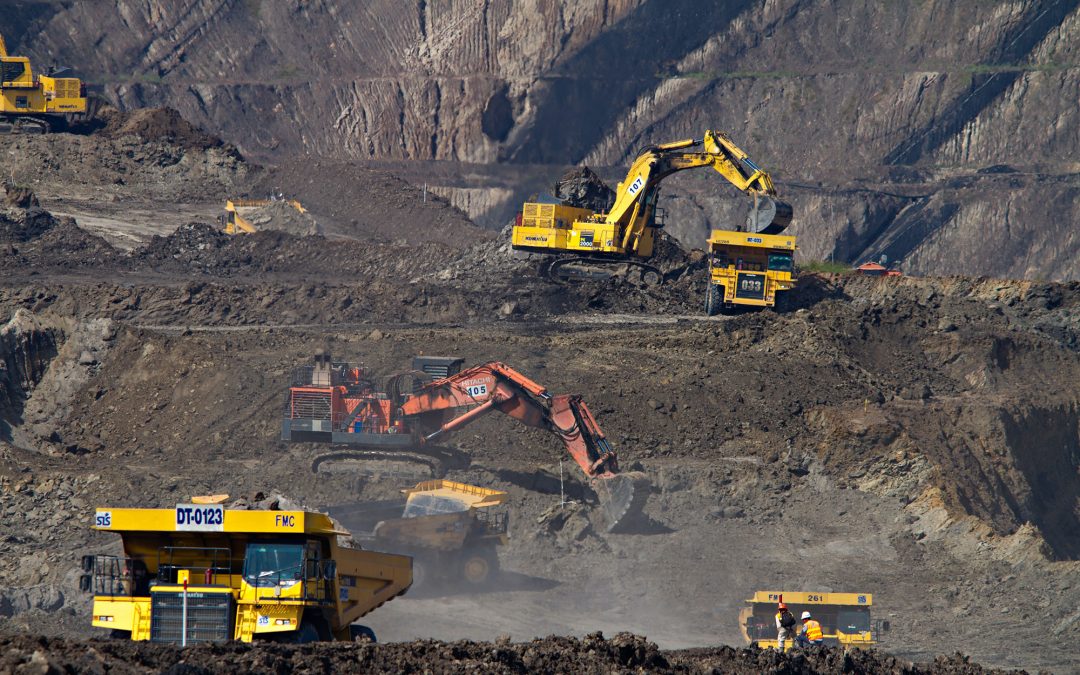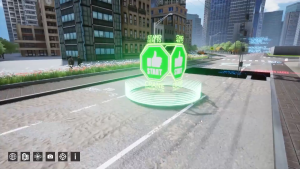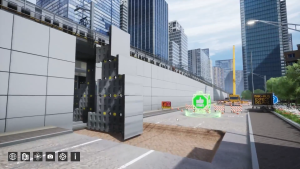VR Apps for Construction & Building
We design VR applications for the Construction & Building industry to help train the workforce and to collaborate on and visualise projects.

Virtual Reality (VR) for Construction & Building Industry
Virtual Reality (VR) holds tremendous potential for the construction and building industry in Australia. By immersing stakeholders in realistic virtual environments, VR enables architects, engineers, and clients to experience and interact with designs before construction begins. This enhances the decision-making process, reduces errors, and minimises costly revisions. VR also facilitates effective communication and collaboration among project teams, allowing for real-time feedback and alignment. VR can be utilised for safety training, simulating hazardous scenarios and promoting a culture of safety on construction sites. With VR, the construction and building industry can streamline processes, improve project outcomes, and deliver exceptional experiences to clients, all while optimizing time and resources.
What are the benefits of VR for the construction & building industry?
It provides viability to the project.
Projects can be seen before construction work begins.
It can be used for training purposes, showing employees how to fix mistakes.
VR makes it possible to re-enact non-standard situations
Encourages collaboration on a project to create incredible spaces
Cost-effectiveness of a project is a major result of VR.
It leads to fewer accidents on the construction grounds
Employees do not need to travel to the exact location to see it
It could help to impact a buyer’s decision when purchasing a prospective property
It creates a steep increase in user satisfaction and overall building quality.
How VR is currently being used by construction and building companies
Whilst it might seem like something from the future, VR is already being implemented by professionals in many kinds of important construction tasks right now. This is due to software becoming more widely available and affordable, and there have been technological advancements in recent years which has made these systems even more apt at their job.
The use of VR is steadily ensuring that entry-level employees are being trained to a better standard than ever before. Through a headset, they are experiencing emergency situations that would be non-standard to physical work on the sites. For example, 3D artists can create renders of historic architectural disasters which can be relived and experienced by trainees and professionals alike, so they can identify the causes of the problems and implement safety measures in their own work.
Similarly, VR’s usage has created more office-based jobs within the sector, opening up more ways to get involved other than the traditional hands-on manual labour associated with building and construction. This has helped to expand the community and bring in new talents, such as artists, 3D modellers and those with technology-based professions.
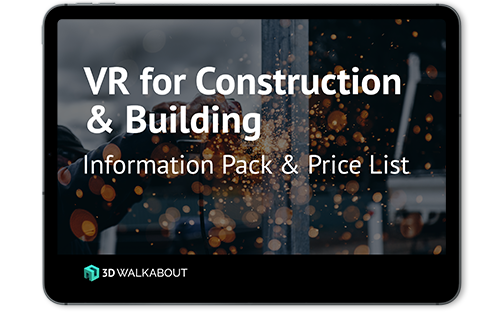
Brainstorm your ideas on 1300 00 3392
If you’d like to receive our full ‘VR for Construction & Building Information Pack & Price List‘ please add your details below.
The industries we work in
VR Construction & Building Projects
VR Construction & Building Articles
VR Construction & Building Videos
Frequently Asked Questions
What is AR and VR in construction?
Augmented reality refers to systems that present information and 3D models alongside images of the real world, such as a phone screen showing a picture of the construction site alongside a 3D model of the site plans. Virtual reality presents an entirely 3D environment, showing users the final plans for a building with an intricate 3D model without real-world imagery as an accompaniment.
How are architects and contractors using BIM models in conjunction with VR?
Whilst the architects are in charge of creating great quality BIM models, they can then transfer these over to the VR software owned by construction companies. This creates a strong collaborative sense between the two industries.
How can you view BIM models in VR?
BIM models must be exported from the software they were created in and then imported into the company’s chosen VR software. Most VR software for the construction and building industry is compatible with this file type, but make sure to check first.
How does VR affect architecture?
VR affects architecture in an overall positive way. Architects are able to view their work in an exciting and interactive environment which allows them to easily spot any mistakes on their render before it is finalised, improving the quality of their product.
How is AR and VR used in construction?
AR and VR are both used in the industry to show prospective clients and employees on a project what a proposed building or structure will look like when finished. They can walk around a copy of the 3D render just by putting on a headset, no extra cost is necessary.
How is VR used in construction?
The main way in which VR is utilised in construction is by allowing employees to virtually walk around and experience a building that has not yet been built, so they can make adjustments and changes to it before manual labour begins.
























